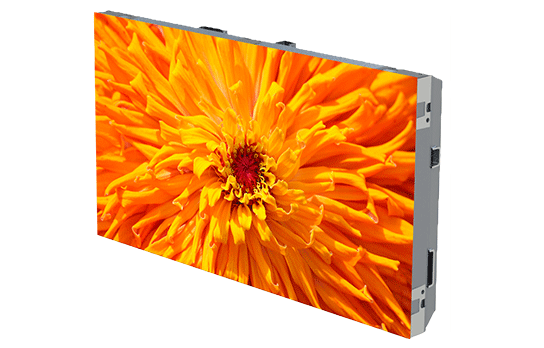A Thorough Analysis of Various Light Emitting Diode Video Screen Techniques and Their Uses
A Thorough Analysis of Various Light Emitting Diode Video Screen Techniques and Their Uses
Blog Article
LED display walls are increasingly common across different environments, including concerts, sports events, and corporate meetings. These large big screens consist of made up of many individual LED panels that function collectively to form a cohesive unified image. Various different kinds of LED display wall technologies available, each with its unique characteristics and advantages. Understanding these options can help businesses as well as entities select the appropriate option for their specific needs.
One frequent kind of LED display screen technology is the directly viewed Light Emitting Diode. This technology utilizes separate LED modules which are arranged closely in proximity to create a large screen. Directly viewed Light Emitting Diode screens are known for their high luminosity as well as lively colors, which makes them ideal for external activities or brightly lit settings. These displays also have a wide viewing perspective, allowing means that people can view the screen distinctly from different locations. Such renders direct view LED screens a favored choice for stadiums and external events.
Another type of LED display screen technology is the LED-backlit LCD. Such solution merges traditional Liquid Crystal Display displays and Light Emitting Diode backlighting to enhance brightness and hue precision. LED illuminated Liquid Crystal Displays are often used in indoor environments, including shopping malls and meeting rooms. They provide excellent visual clarity while are typically more affordable than direct view LED screens. Nonetheless, they may often perform as well in bright environments, as the illumination can occasionally dull the hues.
Another thirdly option is the OLED video wall. OLED technology offers exceptional differentiation as well as color richness in relation to other types of displays. Each pixel in an OLED display produces its individual luminescence, enabling for genuine blacks and vibrant colors. This makes OLED video walls particularly appealing for applications that require premium visuals, such as art galleries or luxury shopping outlets. Nonetheless, Organic Light Emitting Diode solution can be costlier costly while may often be as bright as directly viewed Light Emitting Diode screens, rendering it not appropriate for external applications.
In addition to these options, there are additionally multiple uses for Light Emitting Diode display walls. They can be click now used for promotion, amusement, and information display. For instance, companies often utilize LED video screens for electronic signage to attract customers as well as advertise goods. In entertainment, these displays enhance the sight experience at concerts and events, providing lively backdrops as well as captivating visuals. In business settings, LED display screens can be utilized for demonstrations, video conferencing, as well as educational sessions, helping to communicate information in a aesthetically appealing way.
To summarize, Light Emitting Diode video screens are available in different types, each having its own advantages as well as uses. Directly viewed Light Emitting Diode screens are great for external applications, while LED illuminated LCDs are more suitable for indoor environments. OLED display walls offer exceptional visual quality yet may be at a higher price. Understanding the differences variations can help entities make knowledgeable choices about which kind of Light Emitting Diode display wall most satisfies their needs, whether for promotion, entertainment, and corporate use.